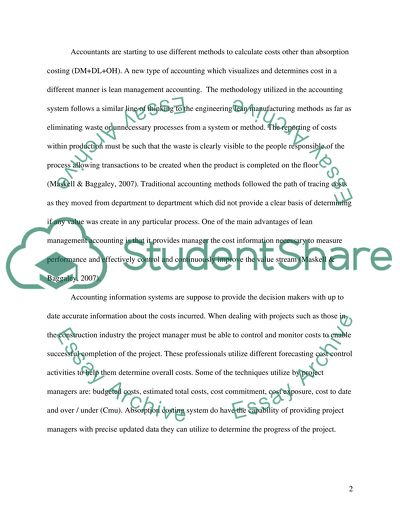Cite this document
(Changes in Cost Accounting and the Different Cost Systems That Coursework, n.d.)
Changes in Cost Accounting and the Different Cost Systems That Coursework. Retrieved from https://studentshare.org/finance-accounting/1524697-research-topic-management-accounting-practices
Changes in Cost Accounting and the Different Cost Systems That Coursework. Retrieved from https://studentshare.org/finance-accounting/1524697-research-topic-management-accounting-practices
(Changes in Cost Accounting and the Different Cost Systems That Coursework)
Changes in Cost Accounting and the Different Cost Systems That Coursework. https://studentshare.org/finance-accounting/1524697-research-topic-management-accounting-practices.
Changes in Cost Accounting and the Different Cost Systems That Coursework. https://studentshare.org/finance-accounting/1524697-research-topic-management-accounting-practices.
“Changes in Cost Accounting and the Different Cost Systems That Coursework”, n.d. https://studentshare.org/finance-accounting/1524697-research-topic-management-accounting-practices.


